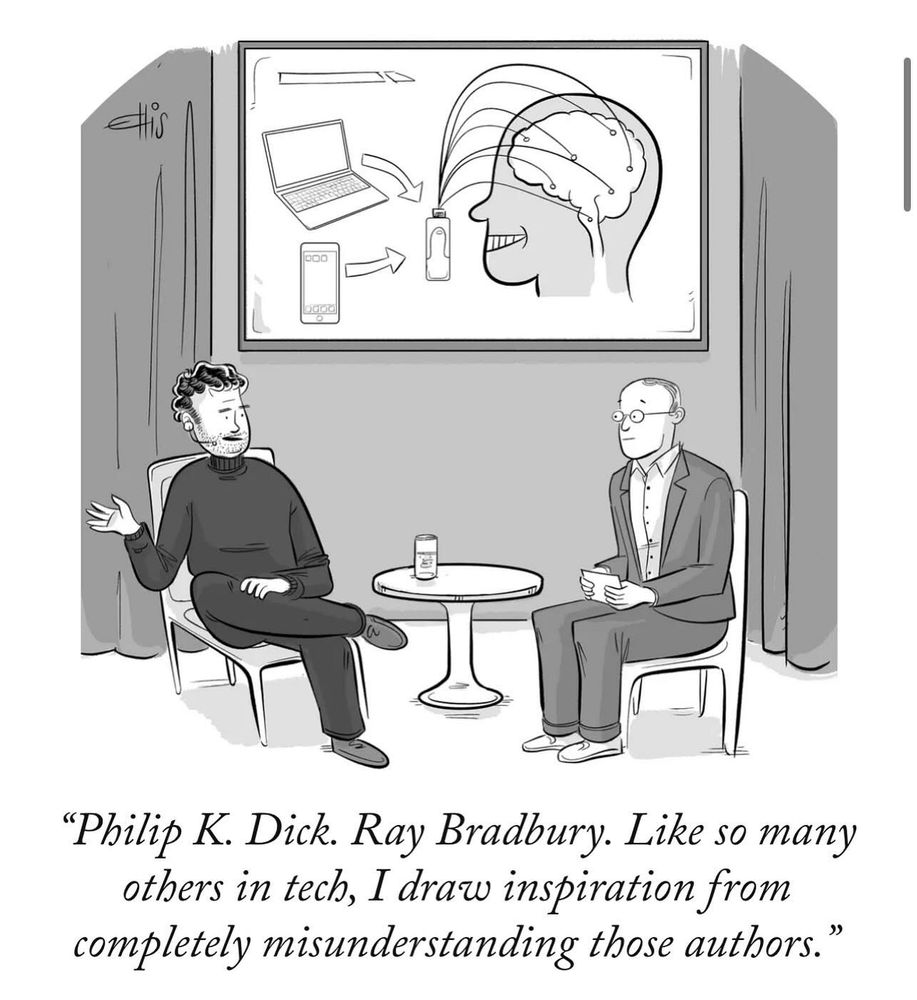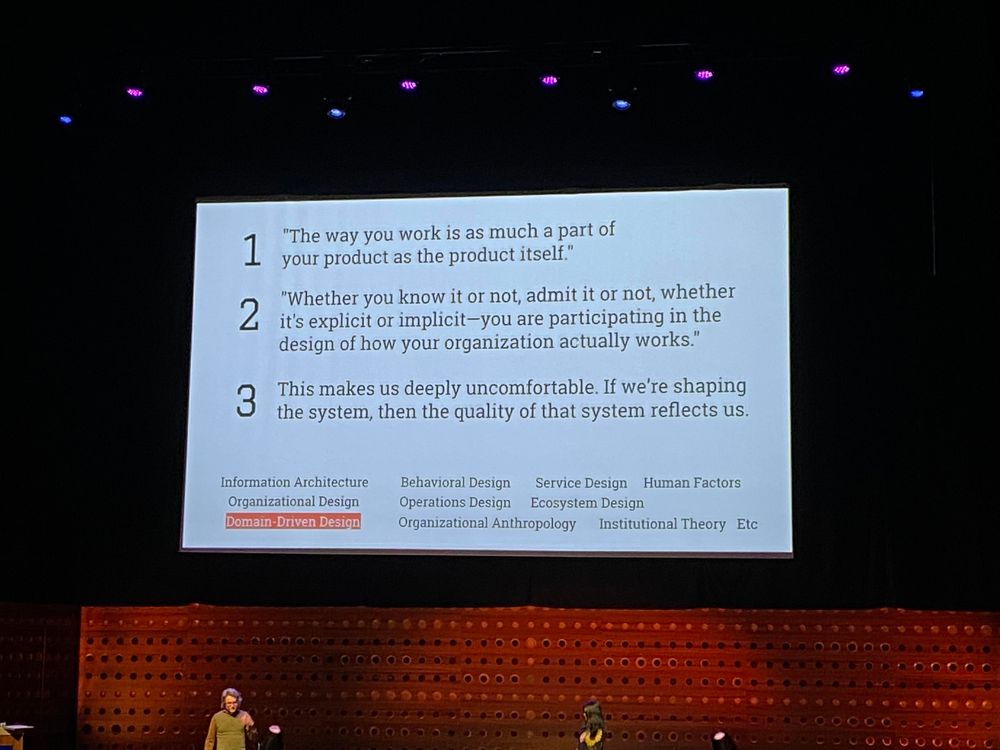
From “What is an unfolding?”


> The question of whether a computer can think is no more interesting than the question of whether a submarine can swim.
> The question of whether a computer can think is no more interesting than the question of whether a submarine can swim.

Where domain eng. brings advantages, and how platform eng. could fit in.
A story thro a data-flow perspective.

Where domain eng. brings advantages, and how platform eng. could fit in.
A story thro a data-flow perspective.

From “What is an unfolding?”
From “What is an unfolding?”

Now is the time to double-down and invest in fostering trust, encouraging challenge, and creating a culture of safety.
Now is the time to double-down and invest in fostering trust, encouraging challenge, and creating a culture of safety.





